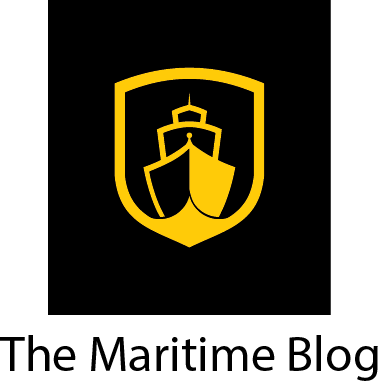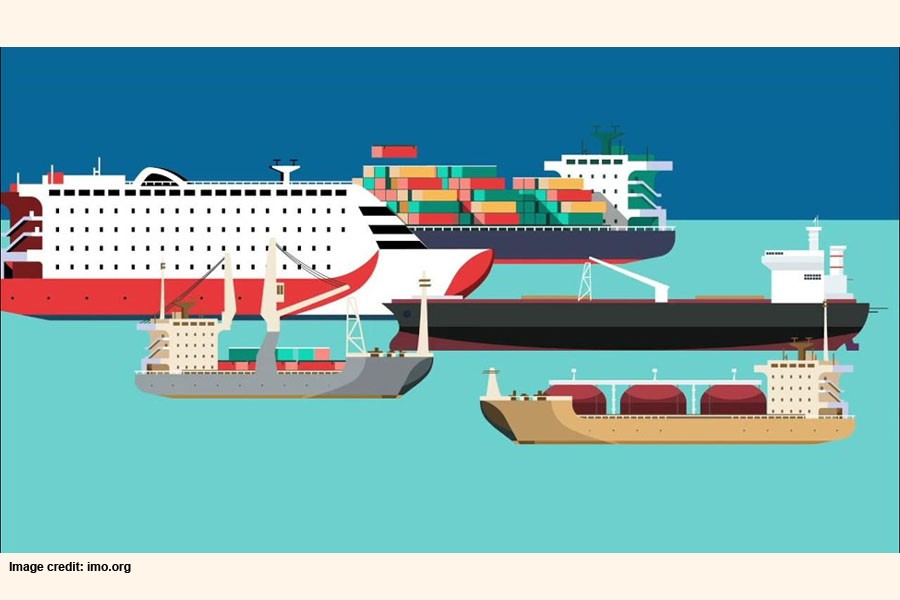search the site
How a cargo ship took down Baltimore’s Key Bridge
How a cargo ship took down Baltimore’s Key Bridge
By Michael Laris,
Jennifer Hassan and Joel Achenbach

March 26, 2024
To bridge experts, the collapse of Baltimore’s Francis Scott Key Bridge after being hit by a heavy cargo ship was as inevitable as it was devastating.
When a vessel as heavy as the Singapore-flagged Dali collides with such force against one of the span’s supercolumns, or piers, the result is the type of catastrophic, and heartbreaking, chain reaction that took place early Tuesday.
“If the column is destroyed, basically the structure will fall down,” said Dan Frangopol, a bridge engineering and risk professor at Lehigh University in Pennsylvania who is president of the International Association for Bridge Maintenance and Safety. “It’s not possible to redistribute the loads. It was not designed for these things.”
No bridge pier could withstand being hit by a ship the size of the Dali, said Benjamin W. Schafer, a professor of civil and systems engineering at Johns Hopkins University.
“These container ships are so huge,” Schafer said. “That main span has two supports. You can’t take one away.”
Maryland officials did not immediately answer questions about what protective devices were in place in the water near the bridge and whether they were sufficient for any collision with such an important span.
Watch the moment Baltimore’s Key Bridge collapses
Livestream video shows the moment the cargo ship Dali crashed into Baltimore’s Key Bridge early March 26. (Video: Streamtime Live Via Youtube)
Ian Firth, a British structural engineer and bridge designer, reviewed video footage and said there appeared to be at least two protective objects in the water next to the Key Bridge. The objects, known as “dolphins,” are supposed to protect maritime structures from being hit by vessels. But Dali, the container ship that struck the bridge, appeared to have come in “at an angle,” Firth said, which means the devices were unable to prevent the ship from striking the bridge, sending part of it tumbling into the water.
Firth said in a telephone interview that he was “not surprised” at how quickly the bridge came down after it was hit. He noted that the support structure that was struck, which would have been made of reinforced concrete, was one of two main supports responsible for doing “all the work” to hold up the bridge.
He said the ship appeared to have strayed to one side before striking the bridge, which appeared to have a lightweight support structure.
If the Dali had been traveling straight on instead of at an angle, Firth said, it probably would have hit the protective objects. And if there had been three or four vessel-protection objects around the bridge, the outcome might have been different, Firth said, adding that he expects lessons will be learned from Tuesday’s tragedy.
Firth noted that the bridge, which was built in 1977, was erected at a time when ships were not as big as they are now and the flow of traffic was not as busy. These days, structures are designed with better protective measures in place, he said, though he noted that even a brand-new bridge would have “come down in the same way” if it were hit by such a large vessel traveling at speed.
Firth called the incident tragic and “very rare indeed.” He said the large container ship would not have had to be traveling very fast to have had such an impact, one that the bridge was simply not engineered to withstand.
Share this articleNo subscription required to readShare
The ship was towed into the river initially, but the tugboats did not accompany the ship all the way to the bridge, said John Konrad, a retired ship captain who runs the gCaptain maritime news website and co-authored a book on the Deepwater Horizon oil spill.
“The safe thing to do is keep the tugs,” Konrad said. “Moving forward, I think that’s going to happen. The Coast Guard is going to say you’ve got to keep the tugs tied up until you pass the bridge.”
In video imagery, the ship can be seen losing electrical power, then briefly regaining it before going completely dark. The ship then veers to the right, directly toward the bridge’s structural support.
The rudder may have gotten stuck in a position that caused the ship to turn, said a senior retired maritime official, who spoke on background while waiting for more details on the incident. It’s also possible that an incoming tide could have been a factor, he said.
“Obviously, they could not control the ship. They could not stop the ship,” he said.
A deficiency in the Dali’s systems was discovered when the ship was inspected in June, records show. Inspectors at the port of San Antonio, Chile, discovered a problem categorized as relating to “propulsion and auxiliary machinery,” according to the Tokyo MOU, an intergovernmental shipping regulator in the Asia-Pacific region. The issue was classified in the subcategory of “Gauges, thermometers, etc,” but no additional details of the deficiency were provided. The problem was not serious enough to warrant detaining the ship, according to the records.
After a follow-up inspection later the same day, the Dali was found to have no outstanding deficiencies, the records show, indicating that the problem was addressed.
Maryland Gov. Wes Moore (D) said at a news conference Tuesday that the Dali lost power and issued an emergency call for help shortly before the freighter crashed into the bridge. The “mayday” distress call allowed officials to halt vehicle traffic headed over the bridge and saved lives, Moore said.
Schafer, who said he used to teach about the bridge in his Johns Hopkins classes since it was “one of the signature bridges of Baltimore,” called the collision “a huge infrastructure failure,” but not because of the bridge collapse. He said the shipping industry needs systems to keep a ship on track when it loses power.
The National Transportation Safety Board is investigating the incident.
Erin Cox, Tom Jackman, Jon Swaine and Joyce Lee contributed to this report.
Baltimore bridge collapse
A cargo ship crashed into Baltimore’s Francis Scott Key Bridge, which collapsed overnight. Follow live updates and see photos from the scene.
How it happened: The container ship lost power moments before colliding with the bridge, Maryland Gov. Wes Moore said. The Key Bridge was built in the 1970s and spans the Patapsco River. Rescue efforts are underway as authorities search for 6 people still missing. Read everything we know so far about the bridge collapse.
Share1910Comments

By Michael LarisMichael Laris writes about the transformation of the U.S. transportation system. He has covered government accountability and was a reporter in Beijing. Twitter

By Jennifer HassanJennifer Hassan is a London-based breaking-news reporter for the Foreign desk at The Washington Post. Before joining The Post in 2016, Jennifer honed her breaking-news skills as the U.K. social media editor at MailOnline. Twitter

By Joel AchenbachJoel Achenbach covers science and politics for the National desk. He has been a staff writer for The Post since 1990. Twitter


















